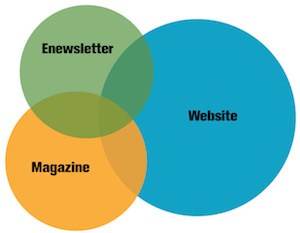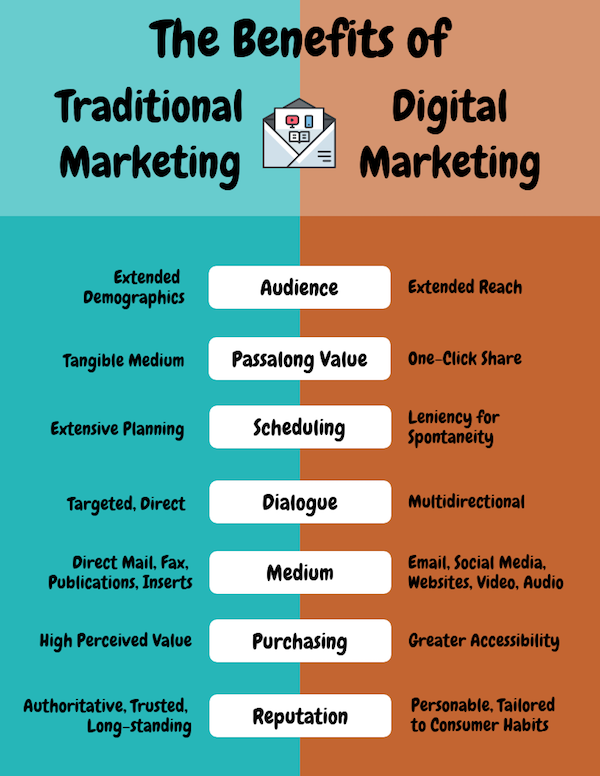 By Patrick Sharpe, psharpe@lessitermedia.com
By Patrick Sharpe, psharpe@lessitermedia.com
V.P. of Audience Development, Lessiter Media
I presume some of you question from time to time the efforts and resources you put behind your traditional marketing programs. We get it, because we’re marketers too, and sometimes that can be a tempting thought to have.
That is, until you read an article like the one in yesterday's October 18th edition of the Wall Street Journal titled "Edward Lampert Won't Back Down," covering the decline of the Sears empire and Lampert's stance. It’s worth your read, and a story likely to be the study of poor business choices just like the well-known Marketing Myopia story in the railway and airline industries.
Seems Mr. Lampert, in all his wisdom, misread the importance and impact that traditional marketing meant to their customers and business success. He made the classic mistake of trying to “save his way” into increased market share by scaling back their traditional marketing programs in favor of cheaper, but less effective, email marketing only. It was a lethal decision.
There’s plenty of evidence to show the impact and growth associated with a well thought out integrated marketing strategy. Strategy that includes both traditional and digital programs, each designed to reach their specific audience. Ignore one and your potential market reach can shrink dramatically.
Here’s one of our Venn Diagrams.

See the different audiences, and the low percentage of overlap between each group? Cutting off our traditional marketing efforts like Mr. Lampert did would result in an immediate loss of 25% or more of our market audience. Resulting in lost customers at best, and at worst, the bankruptcy of even the biggest brands and a tarnished executive’s career.
Here’s a quick review of the benefits of traditional and digital marketing. Look them over and build your next marketing campaign utilizing all the marketing channels available to you that you need to build and grow business.

Reference: Marketing Direct.

